
I just wish I had reviewed these guys a lot sooner. Schneider Electric has been on my radar for reviewing their platform for some time.
Schneider is in among the leaders in the digital transformation of Energy Management and Automation of homes, buildings, data centers, infrastructure and a range of industries.
They hold a commanding position in Power Management in Medium and Low voltage, Secure power, in critical power and cooling, grid automation, industrial and building automation and controls and providing discrete automation process systems.
Schneider Electric has been constantly providing integrated efficiency solutions for many years, well before platforms became fashionable.
They are constantly seeking to combine energy, automation, and software. They have adopted a very open ecosystem approach collaborating with partners, integrators and the developer community to build an open platform to deliver real-time control and operational efficiency
Schneider Electric is not set up as a glamorous company, they provide the essentials; such as boxes, enclosures, protect relays, cabling, control, switchgear, metering, racks, breaker switches. The list goes on and on. They operate in 100 countries and set out to find the most efficient and agile ways to foster innovation.
I get the real impression they have taken innovation to the core of what they do and I often can’t say that for many companies I review – more’s the pity.
 Why do we need a new innovative architecture, for mapping out the future
Why do we need a new innovative architecture, for mapping out the future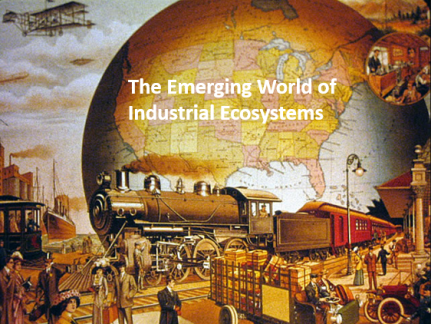 Whenever I seem to read about Platforms and Ecosystems, it mostly seems to relate to technology-led organizations and how they continue to connect us all up in our private lives.
Whenever I seem to read about Platforms and Ecosystems, it mostly seems to relate to technology-led organizations and how they continue to connect us all up in our private lives.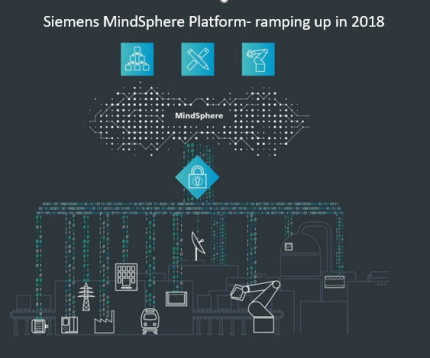 The move towards open-cloud based IoT operating systems has been significant in the past few years or so. Most major industrial companies have set about building and offering to their clients their platforms, for more open design and engineering, automation and operational work, as well as increased emphasis on maintenance and utilization.
The move towards open-cloud based IoT operating systems has been significant in the past few years or so. Most major industrial companies have set about building and offering to their clients their platforms, for more open design and engineering, automation and operational work, as well as increased emphasis on maintenance and utilization. I was not aware until recently that there are well over 450 providers of Platforms, all offering solutions, presently giving a very fragmenting market. Collaborators be aware!
I was not aware until recently that there are well over 450 providers of Platforms, all offering solutions, presently giving a very fragmenting market. Collaborators be aware!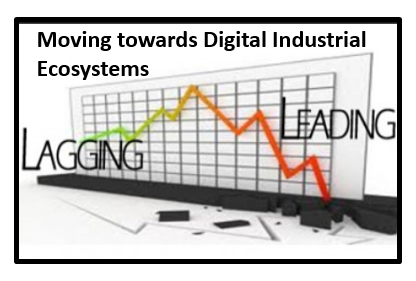 The platform has become essential for much of our social and direct engagements. The likes of Facebook, Amazon, Airbnb and many others are transforming much of our digital engagement for our social and private needs.
The platform has become essential for much of our social and direct engagements. The likes of Facebook, Amazon, Airbnb and many others are transforming much of our digital engagement for our social and private needs. Business is far from usual, it is transforming in front of our eyes. A business has to simply accept this is a changing world and business ecosystems are coming of age, perhaps adding more complexity but also to help bridge this transformation. The traditional silo mentality, the belief that your industry boundaries are immune to change and new challenges, is a grave mistake.
Business is far from usual, it is transforming in front of our eyes. A business has to simply accept this is a changing world and business ecosystems are coming of age, perhaps adding more complexity but also to help bridge this transformation. The traditional silo mentality, the belief that your industry boundaries are immune to change and new challenges, is a grave mistake.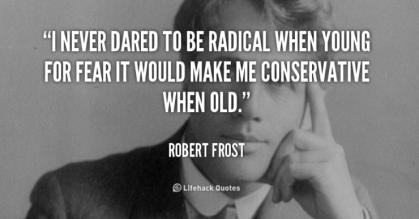 I see the growing importance of ecosystems and platforms for those that want a thriving future, these are the ones that simply “get this” need to connect into a wider ecosystem to build better value and solutions that customers want. The business imperative of today and near-term future is designing around ecosystems that seek out collaborative platform solutions.
I see the growing importance of ecosystems and platforms for those that want a thriving future, these are the ones that simply “get this” need to connect into a wider ecosystem to build better value and solutions that customers want. The business imperative of today and near-term future is designing around ecosystems that seek out collaborative platform solutions.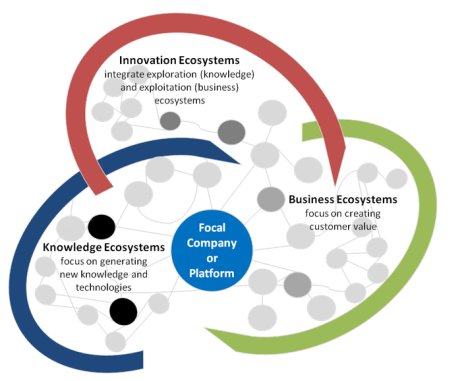
 There seem to be multiple forces at work, ones that are reshaping how organizations are adjusting to a rapidly changing world, to operate within.
There seem to be multiple forces at work, ones that are reshaping how organizations are adjusting to a rapidly changing world, to operate within.